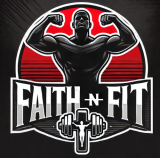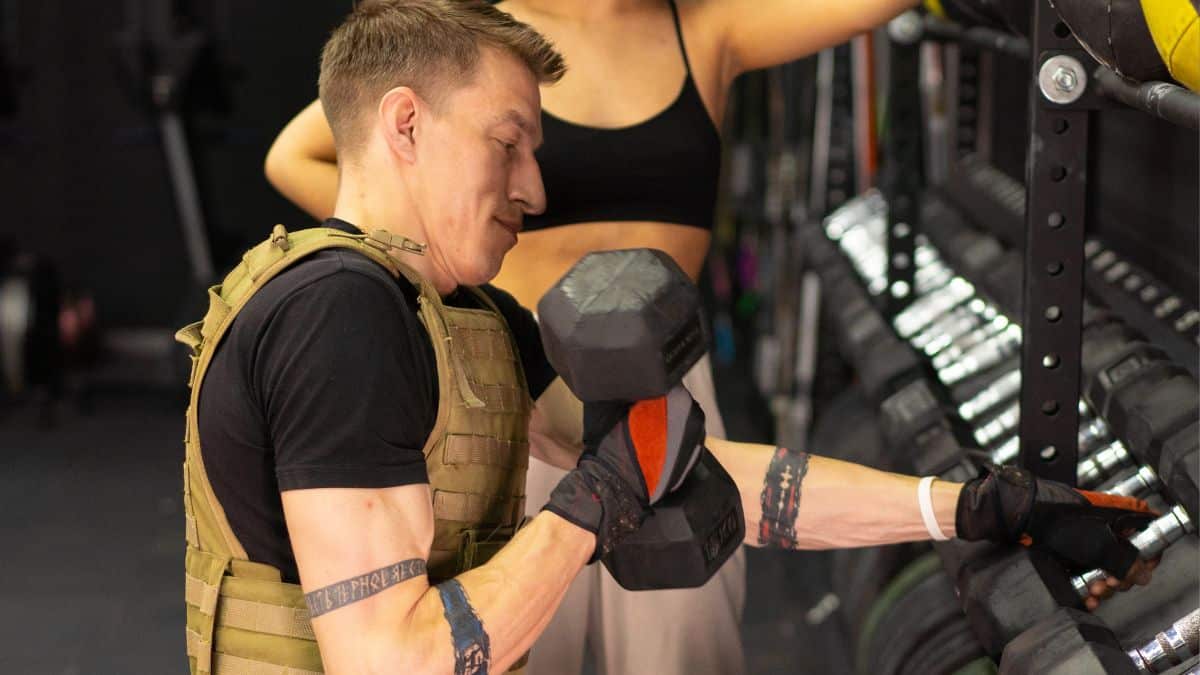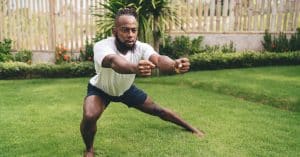Bodyweight training is praised for its simplicity and accessibility—but what if you want to push your limits and pack on more muscle? For those looking to enhance muscle growth, weighted vests are an ideal solution. These wearable tools add load to your workouts without the need for bulky gym equipment.
But are weighted vests just fitness hype, or do they actually trigger meaningful muscle growth? Let’s break it down using biomechanics, training volume, and math to reveal how weighted vests can help maximize bodyweight muscle gains.
What Is a Weighted Vest?
A weighted vest is exactly what it sounds like: a vest you wear that contains evenly distributed weight, usually ranging from 5 to 100 pounds. The added load increases the resistance of standard bodyweight exercises—turning a push-up, squat, or pull-up into a muscle-building challenge.
Think of it as a portable progressive overload system for bodyweight training.
How Do Weighted Vests Stimulate Muscle Growth?
To build muscle, your training must satisfy the three fundamental principles:
- Mechanical Tension – Force placed on muscle fibers
- Metabolic Stress – Accumulation of fatigue and cellular byproducts
- Muscle Damage – Microtears from resistance overload
Weighted vests increase mechanical tension by forcing your body to work harder against gravity. That extra stress recruits more motor units and fast-twitch fibers—leading to greater muscle activation.
For example, a 170-pound person doing bodyweight squats with a 30-pound vest increases the total load by nearly 18%. More resistance = more hypertrophy, especially when paired with volume and failure.
What Exercises Work Best with a Weighted Vest?
Weighted vests amplify the effectiveness of compound bodyweight movements, especially those that use multiple joints and large muscle groups:
- Push-Ups → Greater chest, shoulder, and triceps stimulation
- Pull-Ups/Chin-Ups → Increased upper back and biceps resistance
- Squats → Enhanced quad, glute, and hamstring activation
- Lunges → Adds balance and stability challenges
- Dips → Builds deeper triceps and chest activation
- Planks → Makes core work exponentially harder
By adding weight progressively, these movements evolve from muscular endurance to strength and hypertrophy training.
Do Weighted Vests Build Muscle as Effectively as Weights?
Let’s compare with numbers. Suppose you do:
- 30 bodyweight squats → ~500 lbs total volume (170 lbs × 30 reps)
- Add a 30-lb vest → total volume = 6,000 lbs (200 lbs × 30 reps)
- Repeat 4 sets → 24,000 lbs of resistance moved
That’s comparable to traditional gym-based leg workouts—without using a barbell or machines. When structured correctly, weighted vests create muscle-building tension similar to free weights.
The key is progressive overload: Increase reps, sets, time under tension, or vest weight over time.
Benefits of Using Weighted Vests for Muscle Growth
1. Convenience: Turn your home, backyard, or park into a gym.
2. Versatility: Suitable for both upper and lower body training.
3. Functional Strength: Builds athleticism through real-world movement.
4. Minimal Equipment: Reduces reliance on dumbbells or gym access.
5. Cardio Hybrid: Boosts heart rate and calorie burn during resistance work.
Weighted vests also preserve joint health better than heavy barbell lifting, especially for older adults or those managing injuries.
Limitations to Consider
While powerful, weighted vests have limitations:
- Harder to isolate muscles (vs. machines or cables)
- Risk of injury if loaded too fast or without proper form
- Less ideal for max strength gains (vs. 1–5 rep heavy lifts)
To combat these, structure workouts to include isometric holds, time under tension, and controlled tempo. Think quality reps, not just quantity.
How to Use Weighted Vests in a Training Plan
Step 1: Start Light
Begin with 5–10% of your bodyweight. Even 15 pounds adds significant resistance.
Step 2: Focus on Core Movements
Train compound lifts like squats, push-ups, and rows. Stick to 3–4 sets of 8–15 reps.
Step 3: Use Progressive Overload
Increase weight weekly or bi-weekly by 2–5 pounds. Or increase reps/time under tension.
Step 4: Combine with Bodyweight Volume
Mix vest sets with bodyweight burnout sets to maximize fatigue and metabolic stress.
Step 5: Recover and Rotate
Avoid overtraining. Use the vest 2–3x per week and rotate in deload weeks.
Key Takeaways
- Weighted vests increase resistance, enabling progressive overload with bodyweight training.
- Ideal for building muscle with push-ups, pull-ups, squats, and dips.
- Helps bridge the gap between home fitness and gym-level hypertrophy training.
- Best used with a structured plan focused on volume, tempo, and gradual progression.
- A low-cost, high-value tool for bodyweight muscle gains—especially when space and equipment are limited.
Whether you’re a minimalist lifter, home workout enthusiast, or looking to level up your calisthenics, weighted vests offer a smart and effective way to build muscle anywhere.
Read next…
- What Is Your BMR and How Does It Affect Fat Loss?
- Backyard Gains: How a Clean Outdoor Space Motivates You
- How to Recover from Burnout Using Exercise and Faith
- Are Probiotics the Missing Link in Your Fat Loss Diet?
- How to Improve NEAT Activity Without Going to the Gym
Subscribe now and get a 14-day free trial workout app for iPhone users.





